8 Reasons Why I (Almost) Switched to Sony from Canon for Videography & Photography
A question that I am asked frequently is: “Sony or Canon?”
First off, the fact that this is a common question is meaningful by itself. A couple years ago I almost never got this question, but Sony has been innovating with their mirrorless cameras like mad.
The idea that many loyal Canon users and new consumers alike are jumping to companies like Sony means the market is changing. Canon who once had a tight hold on the mid-level DLSR video market is indeed losing its grip.
I’ve been struggling with the idea of switching over from Canon to Sony, a change complicated by the fact my wife (a wedding photographer) also uses Canon. I have hemmed and I have hawed for the last six months over this.
In this video I explain my thought process behind choosing Canon or Sony and I lay out the eight main reasons that I felt contributed to my final decision.
Ultimately, I decided to stick it out with Canon. I love my C100 II (my precious), having Canon Professional Services is a life-saver, and I don’t need the latest and greatest camera gear to make great work. What I already have not only works, it works really well.
However, If I did not already own a ton of Canon lenses/camera bodies and I was starting from scratch I would choose Sony. With constant firmware updates and hardware innovations Sony is just at the top of the game right now.
What I would recommend to you is to: choose something that you like. Choose something that doesn’t get in your way. Going with Sony or Canon doesn’t make a big difference at this point (unless you are highly specialized in something like low light work). Both companies make great cameras.
What matters is that you buy the camera you enjoy working with so you can create, so that you want to create because you want to work with you camera.
8 Reasons For Picking Sony Over Canon
1. Sony includes pro level video features in their entry level cameras (focus peaking, audio levels, log picture profiles). I'm not switching though because I rarely use entry level cameras. I use Cinema EOS cameras with those features included.
2. Sony innovates faster. Autofocus features like eye AF in photo mode are amazing. I can't use eye AF for video though.
3. Mirrorless cameras with an electronic viewfinder lead to more accurate results in camera the first time because you can see what you're going to get. EVFs are also great when taking photos or filming outdoors, when an LCD are impossible to see both during capture and during review. Luckily the Cinema EOS video cameras I use have EVFs.
4. 4K is widely available on Sony in formats that are manageable bit-rates that Canon's Motion JPEG in the 5D Mark IV and 1DX Mark II. I didn't switch for this because 4K won't help me tell a better story. It won't make me a better cinematographer.
5. Sony's line of lenses has caught up quality wise to Canon. I already have great L-Series lenses though and Canon Cinema Lenses are the new goal.
6. Sony is an electronics company first, which some people rag on for, but to me that means their expertise in televisions, hi-fi audio, and more eventually trickles into their cameras. You can get audio solutions like wireless lavs or XLR mic inputs that work directly in the hot shoe, monitors that mount on top of your cameras, and more all from Sony directly. I already own and use third party accessories for these needs though.
7. PlayMemories app. You can Wifi a photo quickly to your smartphone or use it as a external monitor preview and settings changer. You can do this (to an extent) with CEOS cameras too.
8. The flip up & down LCDs encourage me to get shots I wouldn't normally think or try to get. For example, taking waist high shots, angles from low to the ground, or way up above my head.
I have that on my C100 II and which it was on more Canon cameras.
Why I’m Sticking with Canon
Better Battery Life
Canon Professional Services
Dual pixel autofocus
I love my C100 II. It is a workhorse.
I don’t need the latest and greatest camera gear to make great work. I’d rather invest in other equipment (like lighting, motion control, audio, etc.), training/workshops, or personnel.
You can also watch this video directly on YouTube.
